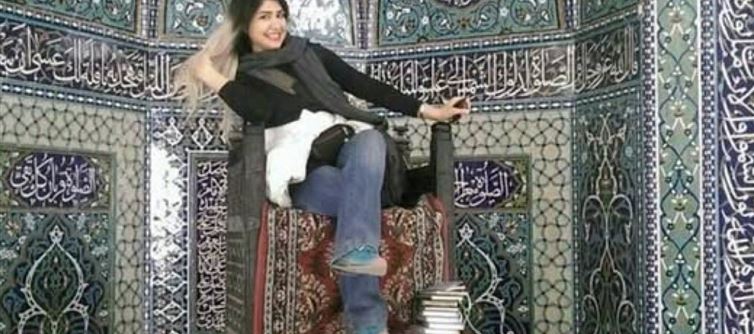
This act wasn’t just about clothing or footwear—it was about reclaiming identity, space, and dignity. For decades, the Islamic Republic has used the hijab and religious institutions to enforce a rigid code of behavior, particularly targeting women. Those who defy these norms often face severe consequences, including imprisonment, torture, and public shaming. Yet, despite the risk, this woman—and many others like her—have chosen to resist. Her silent protest spoke volumes, embodying the collective frustration of a generation that has grown weary of being silenced, surveilled, and segregated under the guise of morality.
Her image—seated where only men have sat, unveiled and unafraid—will resonate far beyond the walls of that mosque. It is a visual declaration of rebellion against a regime that clings to power through fear and control. While state-run media may ignore or distort such moments, they are increasingly becoming symbols of a broader awakening. These acts of resistance are shaping a new narrative in Iran—one driven by the courage of ordinary citizens who refuse to let religion be used as a tool of oppression. In every quiet rebellion like hers, the foundation of the regime’s ideological control is shaken just a little more.




 click and follow Indiaherald WhatsApp channel
click and follow Indiaherald WhatsApp channel